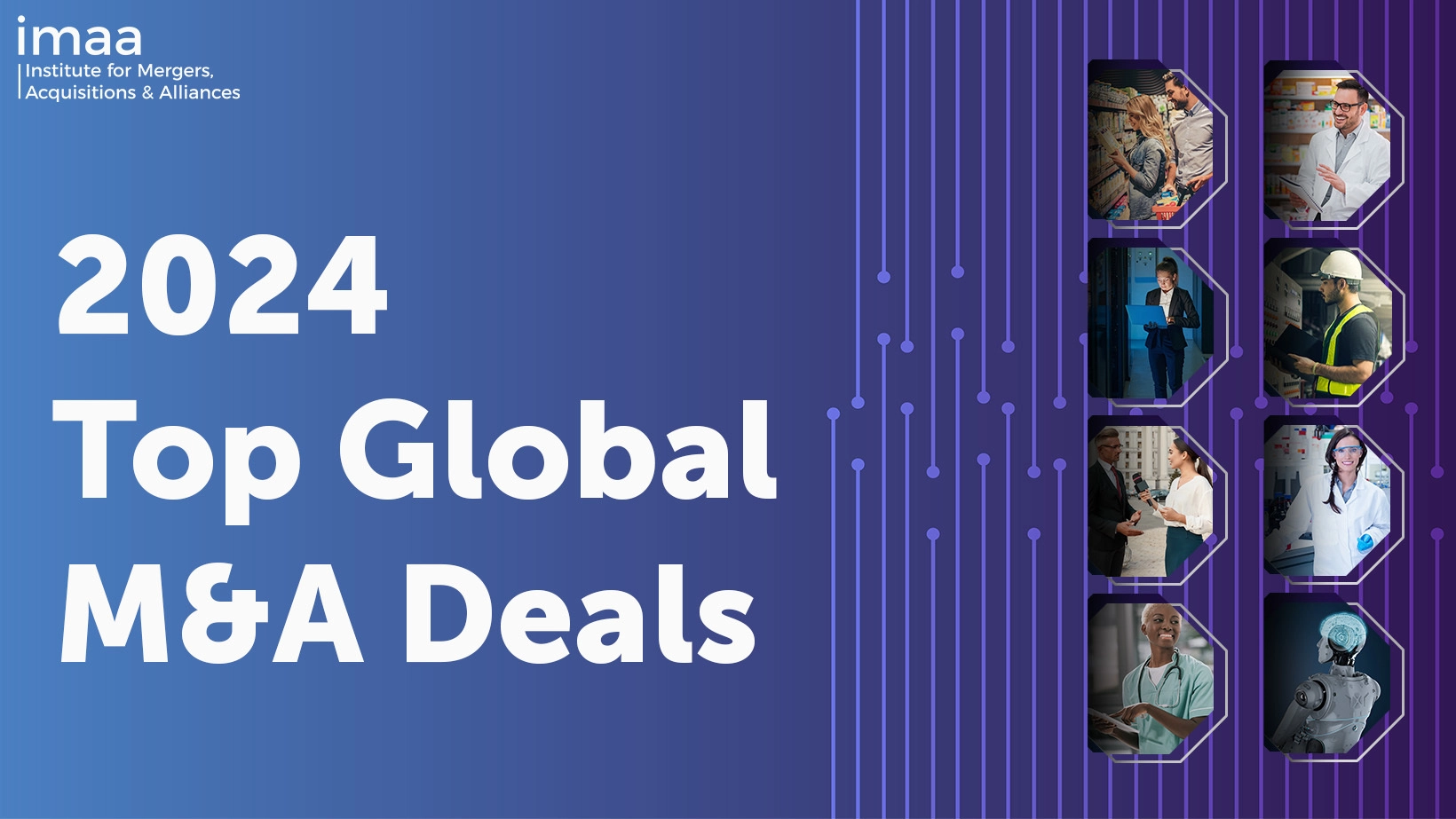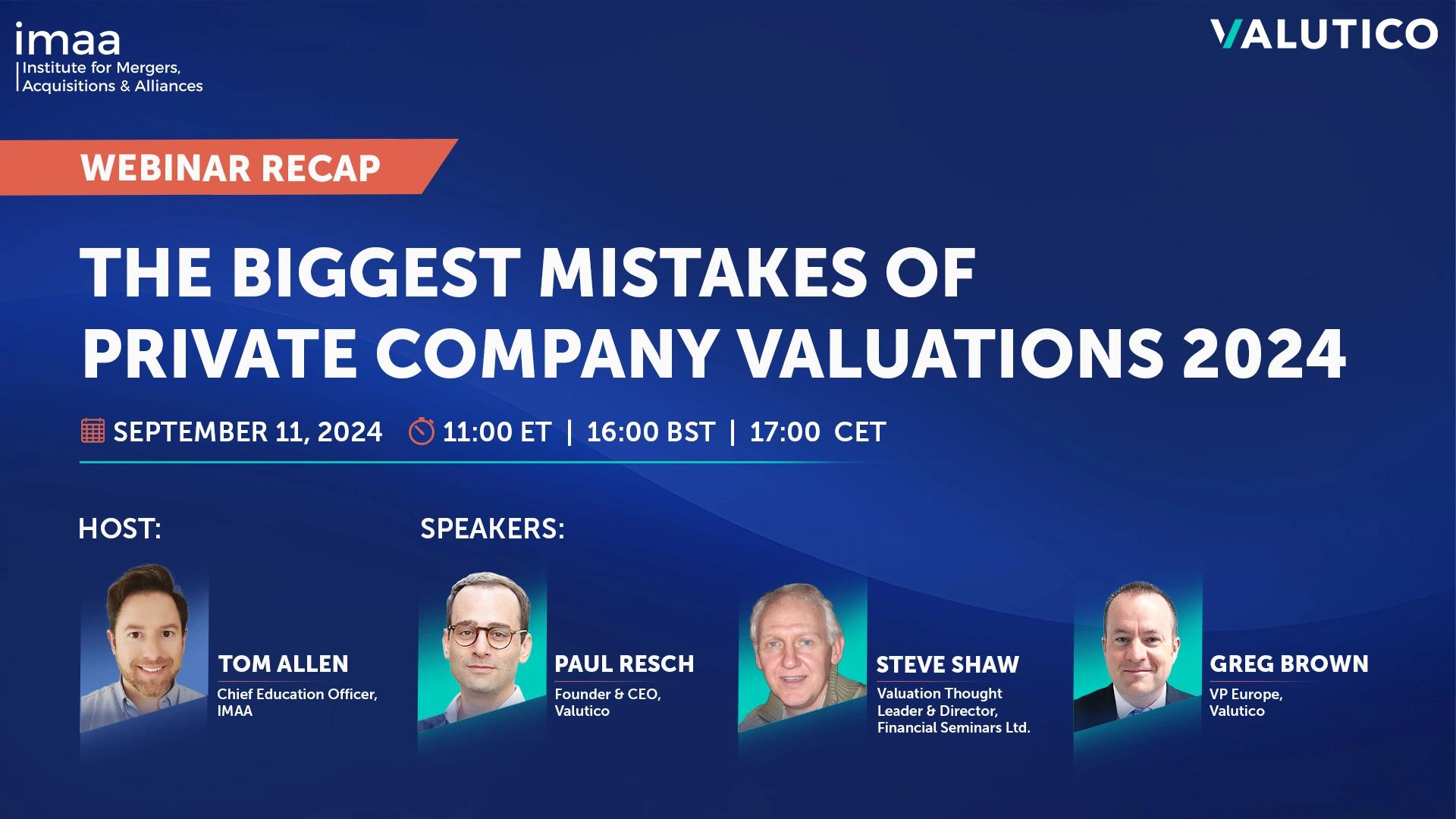
Blog Goodwill in Mergers & Acquisitions
- Blog
Goodwill in Mergers & Acquisitions
- Christopher Kummer
SHARE:
Goodwill is created when a company pays more for an acquisition than the fair market value of the net assets acquired. The difference between the purchase price and the fair market value of the net assets acquired represents the premium that the acquiring company is willing to pay for the target company. The premium is often paid for intangible assets that are not reflected on the target company’s balance sheet, but that are nevertheless valuable to the acquiring company.
There are several ways in which goodwill can be created in an M&A transaction:
-
- One common way is through the acquisition of valuable intangible assets, such as patents, trademarks, or brand recognition. These assets can be difficult to value, but they can be critical to a company’s ability to compete in its industry.
-
- Another way in which goodwill can be created is through the acquisition of complementary businesses. By acquiring a business that has a strong customer base or distribution network, the acquiring company can gain access to new markets and customers that it may not have been able to reach on its own. This can result in increased revenues and profitability, and can create value for shareholders.
-
- Goodwill can also be created through the acquisition of key personnel. In industries where talent is scarce or in high demand, acquiring a company that has a talented workforce can be an effective way to gain a competitive advantage. The value of the acquired employees may not be reflected in the target company’s financial statements, but can be a valuable asset to the acquiring company.
-
- Finally, goodwill can be created through the acquisition of synergies. Synergies occur when the combined company is able to achieve greater efficiencies or cost savings than either company could achieve on its own. Synergies can be achieved through a variety of means, such as consolidating operations, eliminating redundant positions, or leveraging the strengths of both companies to create a more competitive business.
Here are some of the largest M&A transactions with the highest amount of goodwill recorded:
- Vodafone Airtouch and Mannesmann AG: In 2000, Vodafone Airtouch acquired Mannesmann AG for $202.8 billion. The goodwill recorded was $129.2 billion.
- America Online and Time Warner: In 2001, America Online (AOL) acquired Time Warner for $164 billion. The goodwill recorded was $102.5 billion.
- Pfizer and Warner-Lambert: In 2000, Pfizer acquired Warner-Lambert for $111.8 billion. The goodwill recorded was $75.3 billion.
- Daimler-Benz AG and Chrysler Corporation: In 1998, Daimler-Benz AG acquired Chrysler Corporation for $36 billion. The goodwill recorded was $36 billion.
- Vodafone and Verizon Wireless: In 2014, Vodafone sold its 45% stake in Verizon Wireless to Verizon Communications for $130 billion. The goodwill recorded was $35.5 billion.
- AOL and Netscape Communications: In 1998, America Online (AOL) acquired Netscape Communications for $4.2 billion. The goodwill recorded was $3.5 billion.
- AT&T and BellSouth: In 2006, AT&T acquired BellSouth for $86 billion. The goodwill recorded was $24.1 billion.
- Microsoft and Skype: In 2011, Microsoft acquired Skype for $8.5 billion. The goodwill recorded was $8.4 billion.
- Oracle and PeopleSoft: In 2005, Oracle acquired PeopleSoft for $10.3 billion. The goodwill recorded was $7.7 billion.
- Facebook and WhatsApp: In 2014, Facebook acquired WhatsApp for $19 billion. The goodwill recorded was $15.3 billion.
Write-offs of Goodwill in M&A
While goodwill can be a valuable asset for a company, there are a number of reasons why goodwill may need to be written off or impaired:
-
- One reason is changes in the business environment, such as changes in consumer preferences, new competition, or shifts in industry trends. These changes can impact the future cash flows of the business and can result in a lower recoverable amount for the asset.
-
- Another reason is poor financial performance, which may be due to factors such as operational inefficiencies, declining sales, or unexpected expenses.
-
- Finally, regulatory or legal changes can impact the value of goodwill, such as changes in intellectual property laws or environmental regulations.
Under International Financial Reporting Standards (IFRS), impairment testing of goodwill is governed by International Accounting Standard (IAS) 36, “Impairment of Assets”. IAS 36 requires that goodwill be tested for impairment at least annually, or more frequently if there are indications that the asset may be impaired. Indicators of impairment include declines in market value, significant changes in the business environment, or evidence of obsolescence or physical damage. If an impairment loss is required, IAS 36 specifies the process for determining the amount of the loss. The recoverable amount of the asset is the higher of its fair value less costs to sell and its value in use. The fair value less costs to sell is the amount that the asset could be sold for in an arm’s length transaction, less any costs associated with the sale. The value in use is the present value of the estimated future cash flows expected to be generated by the asset. If the carrying value of the asset exceeds its recoverable amount, an impairment loss must be recognized. The impairment loss is recognized in the income statement and is equal to the difference between the carrying value and the recoverable amount of the asset.
These are some of the largest write-offs because of M&A transactions:
- America Online and Time Warner: In 2002, AOL wrote off $99 billion of goodwill related to its 2001 acquisition of Time Warner.
- Vodafone Airtouch and Mannesmann AG: In 2002, Vodafone wrote off $44.4 billion of goodwill related to its 2000 acquisition of Mannesmann AG.
- AT&T and Time Warner: In 2018, AT&T wrote off $39 billion of goodwill related to its 2018 acquisition of Time Warner.
- Hewlett-Packard and Autonomy: In 2012, HP wrote off $8.8 billion of goodwill related to its 2011 acquisition of Autonomy.
- Verizon and Oath: In 2018, Verizon wrote off $4.6 billion of goodwill related to its acquisition of Oath (formerly AOL and Yahoo).
- Rio Tinto: In 2013, Rio Tinto wrote off $14 billion of goodwill related to its acquisition of Alcan in 2007.
- Nokia: In 2012, Nokia wrote off $7.6 billion of goodwill related to its acquisition of Navteq in 2008.
- Kraft Heinz: In 2019, Kraft Heinz wrote off $15.4 billion of goodwill related to its 2015 merger.
- Anheuser-Busch InBev: In 2018, AB InBev wrote off $7.6 billion of goodwill related to its acquisition of SABMiller in 2016.
- BP: In 2010, BP wrote off $32.2 billion of goodwill related to its acquisition of Amoco in 1998.
For example, when Kraft Heinz wrote down the value of its Kraft and Oscar Mayer brands by $15.4 billion in 2019, it cited changes in consumer preferences and increased competition in the packaged food industry as the reason for the impairment.
Conclusion on Goodwill in Mergers & Acquisitions
In conclusion, goodwill is an important intangible asset that can represent a significant portion of a company’s value. However, changes in the business environment, poor financial performance, and changes in regulatory or legal environments can impact the value of the asset and lead to write-offs or impairments. Under IFRS, impairment testing of goodwill is governed by IAS 36, which requires at least annual impairment testing to ensure that the carrying value of the asset is not overstated and that the financial statements provide reliable and relevant information to users of the financial statements.
TAGS:


Stay up to date with M&A news!
Subscribe to our newsletter


